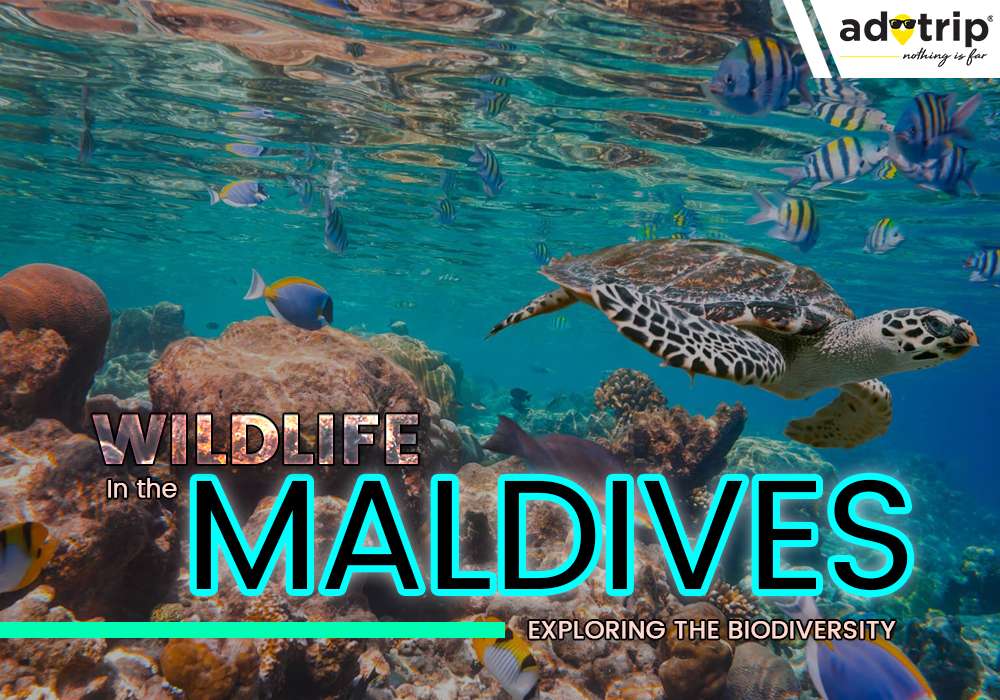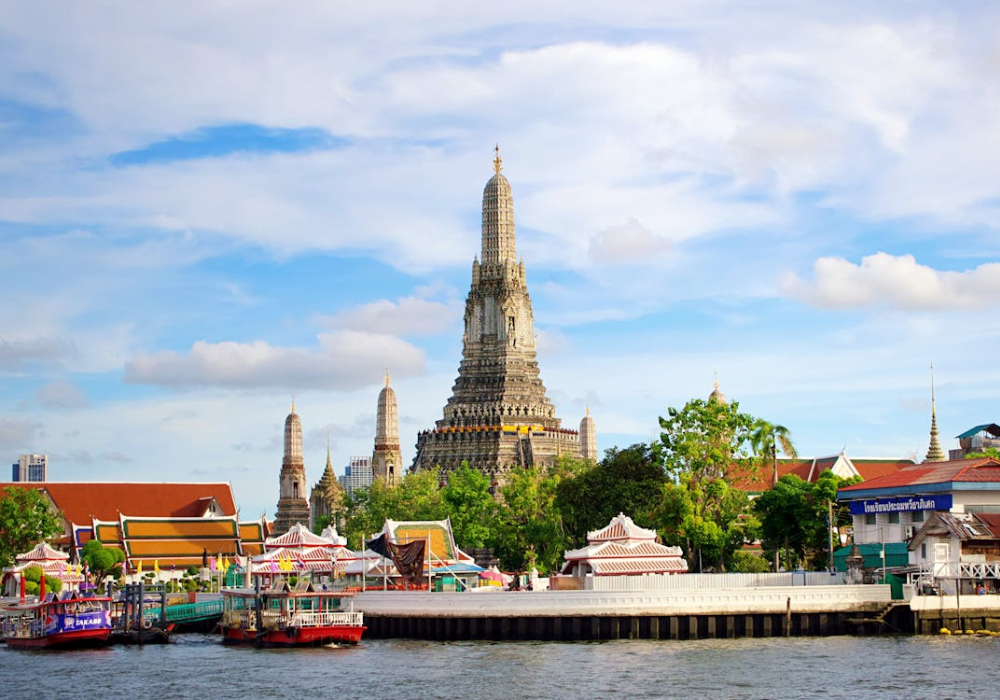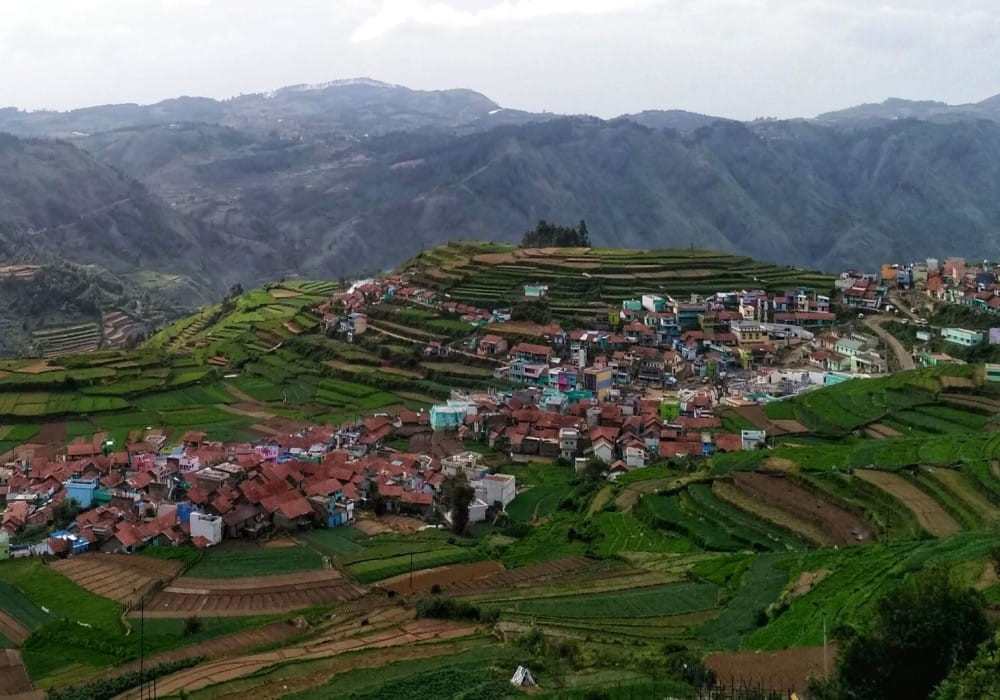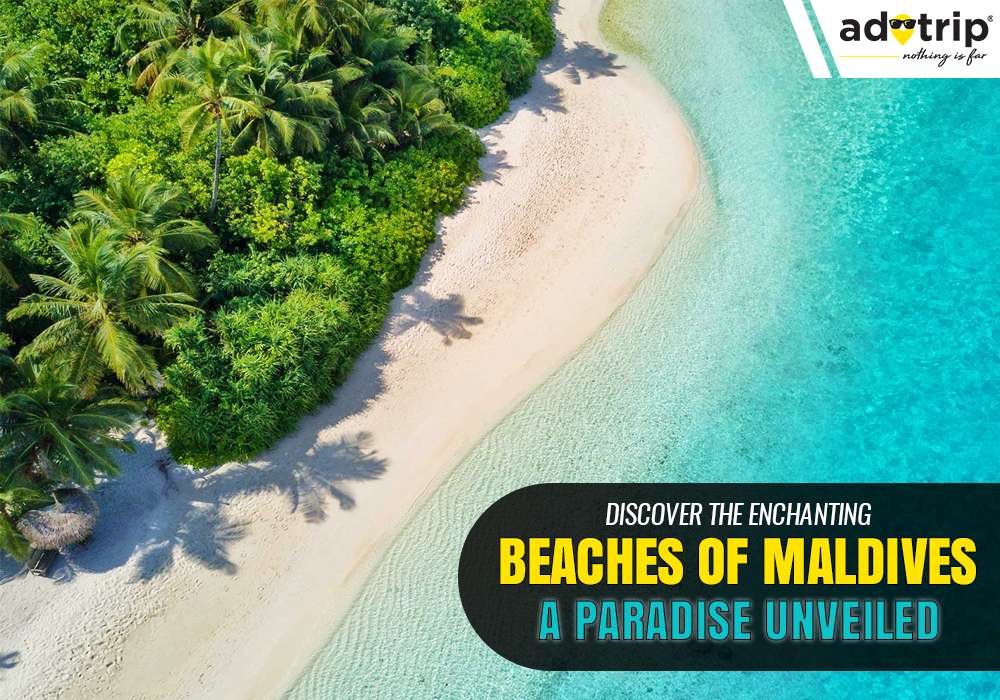
Last Updated At: 05-May-2025
Wildlife In the Maldives For A Thrilling Holiday In 2025
The Maldives' marine ecosystem is a haven for many large and small species. It is home to an impressive array of marine life, including abundant tropical fish, majestic manta rays, graceful sea turtles, and whale sharks. These captivating creatures thrive in the Maldives' rich and diverse underwater world, encompassing a vast network of coral reefs, submerged islands, and expansive lagoons.
The Maldives is renowned for its beautiful white sandy beaches and crystal-clear waters. Beyond its breathtaking natural beauty, the Maldives boasts a vibrant and diverse marine ecosystem teeming with fascinating wildlife. From colourful coral reefs in the Maldives to elusive marine creatures, the Maldives offers a unique opportunity to explore and appreciate the wonders of its marine wildlife.
List Of Wildlife In Maldives
Whether you are an avid nature enthusiast or simply seeking a remarkable underwater adventure, the Maldives offers an unforgettable experience to witness the mesmerising marine wildlife in its natural habitat.
- Marine Wildlife | Explore the Magnificent beauty of the Maldives
- Coral Reef Inhabitants | Mesmerising Creatures of the Maldives
- Birds | Awe-aspiring Creatures
- Terrestrial Wildlife | The Ultimate Creatures of the Maldives
- Endemic Species | Explore the Maldivian Creatures of the Maldives
- Dolphin Watching in the Maldives | A Mesmerizing Experience
- Flora of the Maldives | Discovering the Vibrant Flora of the Maldives
1. Marine Wildlife | Explore the Magnificent beauty of the Maldives
The Maldives is a paradise for marine wildlife enthusiasts, boasting an abundance of fascinating creatures that call its pristine waters home. The majestic manta ray is one of the most iconic marine creatures in the Maldives. With their enormous wingspans, these graceful giants can often be spotted gliding effortlessly through the water.
- Major Attractions: Manta Rays, Whale Sharks, Sea Turtles, Reef Fish and Moray Eels.
- Location: Hanifaru Bay, South Ari Atoll, Baa Atoll, and Fuvahmulah.
2. Coral Reef Inhabitants | Mesmerising Creatures of the Maldives
The Maldives is renowned for its abundant and varied coral formations. Elkhorn coral, staghorn coral, brain coral, mushroom coral, and many others create a breathtaking underwater landscape with their vibrant colours and intricate structures.
- Major Attractions: Anemones, Clownfish, Sea Urchins, Shrimp and Crabs.
- Location: Banana Reef, HP Reef, Nassimo Thila, Maaya Thila, and Kudarah Thila.
Read More : Camping In Maldives
3. Birds | Awe-aspiring Creatures
Birdwatching in the Maldives offers a unique opportunity to observe various bird species in their natural habitats. While the Maldives may have few resident or endemic bird species, there are still several places where birdwatching enthusiasts can enjoy their hobby.
- Major Attractions: White Tern, Maldivian Plover, Eastern Reef Egret, Lesser Crested Tern, Brown Booby, Sooty Tern, and Lesser Frigatebird.
- Location: Hithadhoo and Gan Islands, Soneva Fushi, and Fuvahmulah.
4. Terrestrial Wildlife | The Ultimate Creatures of the Maldives
The terrestrial wildlife in the Maldives is relatively limited due to the geographical characteristics of the islands. However, there are still some notable attractions and locations where you can appreciate the native fauna.
- Major Attractions: Fruit Bats, Geckos and Lizards, Hermit Crabs, and Skinks.
- Location: Hulhumale Beach, Thinadhoo, Fuvahmulah, and Addu Atoll.
Read More : Snorkelling In The Maldives
5. Endemic Species | Explore the Maldivian Creatures of the Maldives
Despite its small land area, the Maldives is home to a few endemic species found nowhere else in the world. These unique creatures have evolved in isolation and are special attractions for nature enthusiasts.
- Major Attractions: Maldivian Scops Owl, Maldivian Pond Heron, and Maldivian White-eye.
- Location: Fuvahmulah, Addu Atoll, and Thinadhoo Island.
6. Dolphin Watching in the Maldives | A Mesmerizing Experience
Dolphin watching in the Maldives is a magical experience that allows you to witness these incredible marine creatures in their natural environment. Visitors can witness different varieties of dolphins in several areas of the Maldives.
- Major Attractions: Spinner Dolphin, Bottlenose Dolphin, and Risso's Dolphin.
- Location: South Ari Atoll, Vaavu Atoll, and Baa Atoll.
7. Flora of the Maldives | Discovering the Vibrant Flora of the Maldives
With its tropical climate and unique ecological conditions, the Maldives is home to diverse flora. Tourists can watch the iconic coconut palms, an iconic symbol of the Maldives. Additionally, visitors can also visit a wide variety of flora and fauna.
- Major Attractions: Coconut Palms, Pandanus Trees, Sea Hibiscus, and Ironwood Trees.
- Locations: Vilamendhoo Island, Baa Atoll Biosphere Reserve, and Hulhumale Island.
Read More : Best Tourist Places To Visit In Maldives
Marine wildlife in the Maldives offers a wide range of attractions for all nature lovers worldwide, from endangered species to elegant dolphins in different regions of the Maldives. If you also plan to make this visit memorable, plan your trip today with Adotrip for a hassle-free tour. Adotrip can help you with hotel bookings, the best flight deals, and more.
With us, nothing is far!
Book Maldives Tour Packages
Frequently Asked Questions About Maldives Wildlife
Q1. What are some notable wildlife species found in the Maldives?
A1. Some notable wildlife species in the Maldives include manta rays, whale sharks, sea turtles, reef fish, moray eels, and stingrays.
Q2. Can you provide information about marine life and coral reefs in the Maldives?
A2. The coral reefs in the Maldives are home to a diverse range of marine species, including
- Manta rays
- Whale sharks
- Sea turtles
- Reef fish
- Moray eels
- Stingrays
Q3. Are there any specific locations or protected areas where wildlife can be observed in the Maldives?
A3. Yes, there are specific locations and protected areas in the Maldives where wildlife can be observed, including
- Hanifaru Bay
- The Baa Atoll Biosphere Reserve
Q4. Can tourists go snorkelling or diving to encounter marine wildlife in the Maldives?
A4. Snorkelling allows visitors to explore the shallower areas of the reefs, where they can encounter sea turtles, colourful reef fish, and other fascinating marine creatures.
Q5. Are there any endemic or rare species that are unique to the Maldives?
A5. Yes, the Maldives is home to some endemic species found nowhere else in the world.
- Maldivian Spiderhunter
- Maldivian Scops Owl
- Maldivian House Gecko
- Maldivian White-eye
- Maldivian Pond Heron
- Maldivian Hermit Crab
Q6. Can you suggest any wildlife conservation projects or initiatives in the Maldives?
A6. The Maldives has implemented several wildlife conservation projects and initiatives to protect its rich biodiversity. Some examples include:
- Biosphere Reserves: The Maldives has established Biosphere Reserves, such as the Baa Atoll Biosphere Reserve.
- Marine Protected Areas (MPAs): Several areas in the Maldives have been designated as Marine Protected Areas.
- Sea Turtle Conservation: Various organisations and resorts in the Maldives run sea turtle conservation projects.
- Coral Reef Restoration: Due to the vulnerability of coral reefs, restoration projects have been implemented to rehabilitate damaged coral colonies.
- Environmental Education and Awareness: These programs aim to foster a sense of responsibility and knowledge about the importance of conserving wildlife and ecosystems.
Q7. Are there any specific seasons or times of the year when wildlife sightings are more common in the Maldives?
A7. Certain seasons or times of the year in the Maldives can offer more frequent wildlife sightings. For example, the southwest monsoon season from May to November is the high season for manta ray sightings.
Q8. Can tourists go on wildlife excursions or guided tours in the Maldives?
A8. Tourists can go on wildlife excursions and guided tours in the Maldives. Various resorts, tour operators, and dive centres offer wildlife-focused activities and tours, including snorkelling trips, diving expeditions, and boat excursions.
Q9. How can one contribute to the conservation efforts and protection of wildlife in the Maldives?
A9. There are several ways in which individuals can contribute to the conservation efforts and protection of wildlife in the Maldives:
- Responsible Tourism: Practice responsible and sustainable tourism by choosing eco-friendly accommodations, following guidelines set by marine parks and protected areas.
- Support Conservation Organizations: Contribute to local conservation organisations and initiatives that work towards protecting wildlife and their habitats in the Maldives.
- Educate Yourself and Others: Learn about the local wildlife, its ecological importance, and its challenges.
- Reduce Plastic Use: Help reduce the plastic pollution that affects marine life by using reusable water bottles, avoiding single-use plastics, and participating in beach clean-up activities.
- Respect Wildlife: When encountering wildlife, maintain a respectful distance and avoid disturbing their natural behaviour.
- Support Sustainable Fishing Practices: Opt for sustainable seafood choices and support local initiatives that promote responsible fishing practices to protect marine ecosystems and ensure the long-term survival of fish populations.
Q10. What are some responsible and ethical practices for observing wildlife in the Maldives?
A10. When observing wildlife in the Maldives, it is important to follow responsible and ethical practices to minimise disturbances and ensure the well-being of the animals.
- Maintain a Respectful Distance: Keep a safe and respectful distance from wildlife, allowing them to exhibit natural behaviours without feeling threatened or disturbed.
- Avoid Touching or Interfering: Refrain from touching, feeding, or attempting to ride or capture wildlife. These actions can cause stress or harm to the animals and disrupt their natural behaviour.
- Use Responsible Snorkelling and Diving Practices: When snorkelling or diving, practice good buoyancy control and avoid touching or standing on the coral reefs.
- Follow Local Guidelines and Regulations: Adhere to the guidelines and regulations set by local authorities, marine parks, and protected areas.
- Avoid Flash Photography: Flash photography can sometimes disturb or harm certain wildlife species.
- Reduce Noise and Disturbances: Keep noise levels low and avoid sudden movements that may startle or disturb wildlife.
- Support Responsible Tourism Operators: Choose wildlife-focused activities and tours that prioritise the well-being and conservation of wildlife.
--- Published By Adotrip
Latest Blogs

Russia Student Visa Guide for Indian Applicants

Harvest Festivals of India You Can’t Miss This Fall

Why Historic Churches at Tourist Sites Are Investing in Smar...

Secure Your Health in Thailand with Long-Term Coverage










.jpg)



 Dubai
Dubai Malaysia
Malaysia USA
USA





